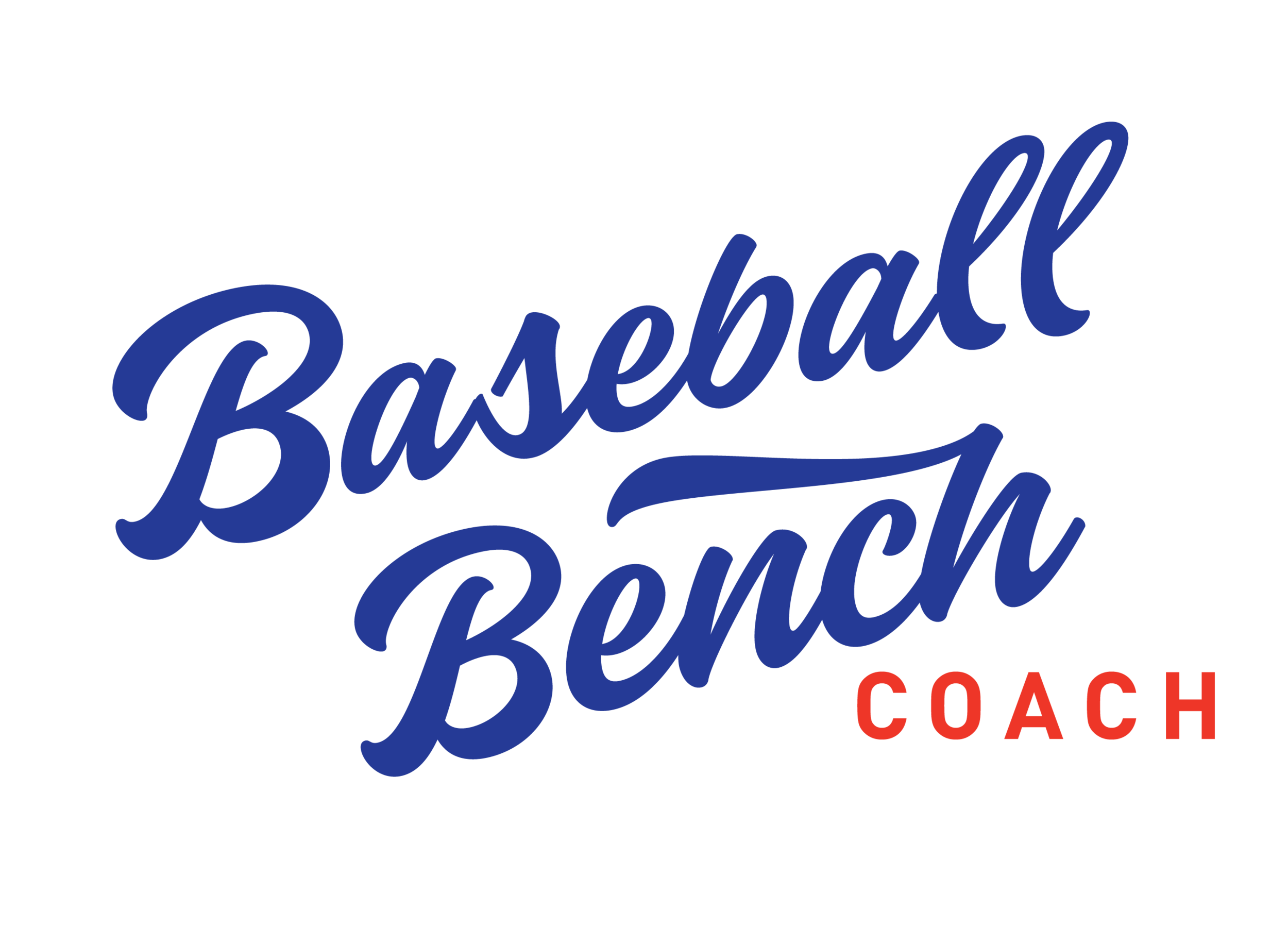Human Eye
How do you best describe an umpire? Maybe someone with a stiff upper lip, fair-minded, baseball knowledgeable, and a rule enforcer. Of course, baseball managers, players, and fans don’t always use the same descriptive words for our men in blue. Depending on whether your team won or lost, you either don’t know who called the game or believe he must have been a bum. The best compliment an umpire can ever receive is that he went unnoticed. Let’s take a look at today’s MLB umpire and some possible rule changes going forward.
An MLB umpire is one of the highest paid officials in professional sports. A first-year umpire begins his MLB career with an annual salary of over $120,000, while veteran umps often earn three times that. In the playoffs an MLB umpire can make over $20,000 per game. Turnover is low, which is good for those who have made it to the big leagues and of course bad for those struggling in the minor leagues to get there. Often, MLB only adds 1 or 2 umpires a year to its crew of 68 umpires for the season. For umpires toiling in the minor leagues the road is long, the pay is barely adequate (just around $4,000 per month at the highest level, Triple-A), and most often there is a dead end sign ahead.
I wish I could say that I have followed the careers of MLB umpires. Yes, some last names ring a bell, especially when they span across two generations and 50+ years of service, such as these father and son combinations – Ed and Paul Runge; Tom and Brian Gorman; and Shag and Jerry Crawford. But just like everyone else, my memory of umpires concerns bad calls. First, there is home plate umpire Ken Burkhart signaling “Out” in Game 1 of the 1970 World Series, failing to see that Orioles catcher Elrod Hendricks had made the tag on Reds runner Bernie Carbo with his glove while the ball was in his other hand. And then there was “The Call” in the 1985 World Series when first base umpire Don Denkinger signaled “Safe” on a play at first, igniting a Royals win in the ninth inning of Game 6 against the Cardinals. Both calls would have been most probably overturned in today’s replay review.
The recent May 27 “retirement” of umpire Angel Hernandez suggests a fallout from a series of bad calls over his 24-year MLB career. Due to several controversial incidents, he has been a target throughout his career of criticism by MLB managers, players, and fans. An ESPN survey in 2010 found that 22% of MLB players ranked him to be the worst umpire in baseball. In the first three seasons of instant replay (2016-2018), his first base calls were overturned at a rate of 78%, exceeding the 60% average rate. Hernandez retired after reaching a financial settlement with MLB.
Joe West, whose career as an MLB umpire spanned an MLB-record 43 seasons, delighted in taking a larger than life role with his constant, on-field antics. He loved the spotlight, and was famously nicknamed “Cowboy Joe” for his love of country music. His career of confrontations and controversies left many wondering why he had the privilege of umpiring a record 5,460 games. In a poll of players in 2010, he was ranked the second-worst umpire, and in 2011 41% of players ranked him dead last. Somehow, he remained on the field until his retirement in 2021.
ESPN baseball insider Buster Olney opined a few years ago that technology would replace home plate umpires calling balls and strikes by 2023. We are not there quite yet, but are getting close. For many years minor league baseball has experimented with TrackMan, a radar-based system to call balls and strikes. I have maintained that a good use of strike-zone technology would be to effectively grade home plate umpire performance. While umpire performance is reportedly a factor in assignments for the playoffs, it seems to make little difference in the retention of umpires.
If MLB can’t find a way past the Umpires’ Union to clean up umpire performance, should technology do it? In Triple-A the past few seasons, baseball has experimented with an automatic ball-strike (ABS) system. Every six-game Triple-A series splits between full ABS and an ABS challenge system. In the challenge system, the home plate umpire still stands behind the plate and makes ball-strike calls, but the pitcher and hitter can challenge any particular call in real time. Teams are afforded three challenges a game, and every correct challenge is not counted against their allotment. On a rehab assignment with Triple-A Durham this season, Dodgers pitcher Tyler Glasnow endorsed the ABS challenge system. It gets my vote too!
On-field use of strike-zone technology would have erased one of my favorite World Series moments. Game 1 of the 1995 World Series between Atlanta and Cleveland featured the pitching savvy of Greg Maddux who allowed only two hits in Atlanta’s 3-2 win. The camera crew captured how home plate umpire Harry Wendelstedt (father of today’s MLB umpire, Hunter) consistently called strikes out of the zone. Maddux mastered the location of the extended strike zone, clearly playing the game of “give me an inch, and I’ll take a mile”. Almost thirty years later, we remain stuck in giving MLB umpires a career that covers many miles, even though their strike zone performance remains critical inches apart.
Until next Monday,
your Baseball Bench Coach



